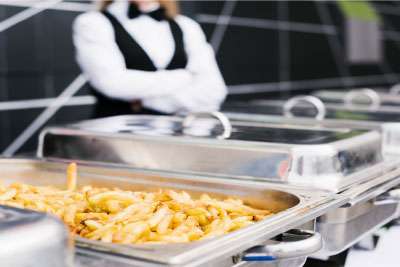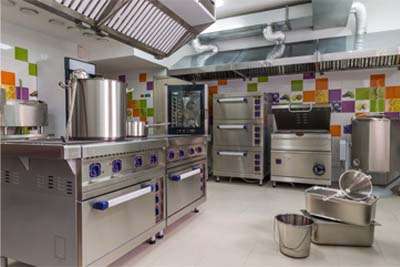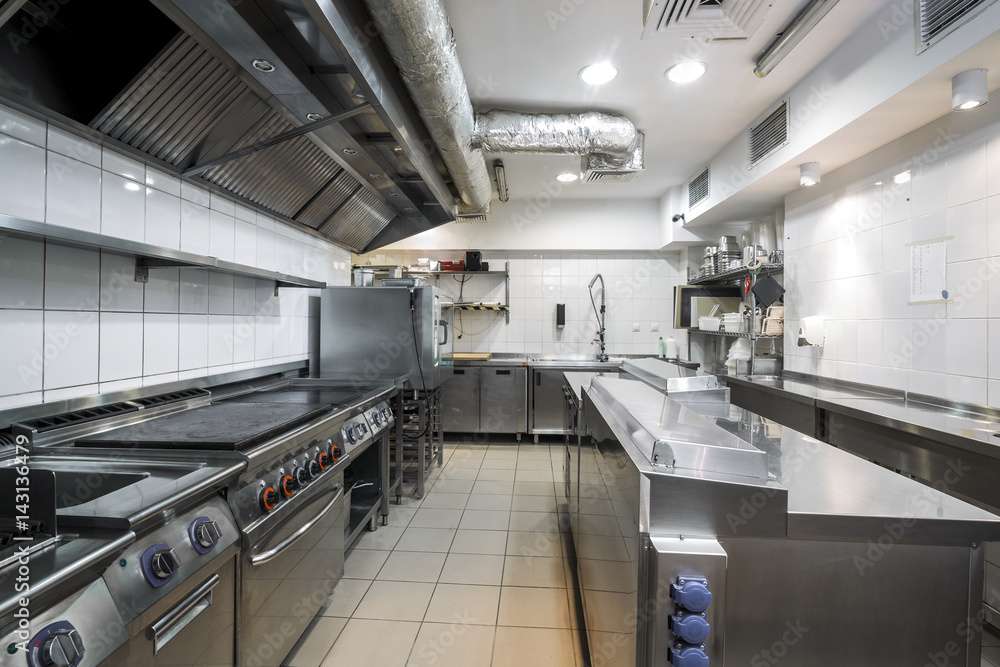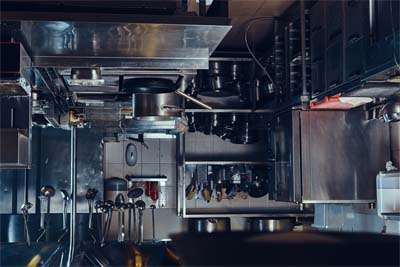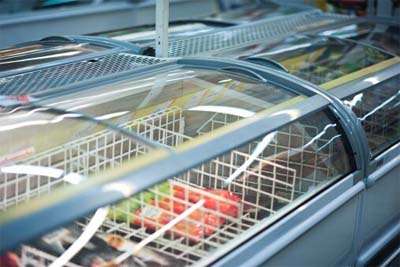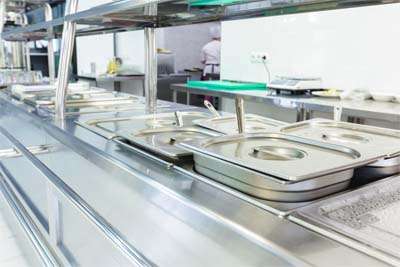Four Ways the Right Foodservice Equipment Can Help You Survive a Recession
Introduction:
Recessions can be challenging times for businesses, especially those in the foodservice industry. However, with the right strategies and tools in place, restaurants and foodservice establishments can weather the storm and even thrive amidst economic uncertainty. In this blog post, we will explore four ways the right foodservice equipment can help you survive a recession and come out stronger on the other side.
Increased Efficiency and Productivity:
During a recession, optimizing your operational efficiency becomes paramount. The right foodservice equipment can streamline your processes and boost productivity. Consider investing in high-quality appliances that are specifically designed for fast and efficient cooking, such as rapid-cook ovens, high-speed grills, and automated food processors. These tools can help you serve customers quickly, reduce wait times, and maximize your output with minimal labor costs.
Cost Reduction and Energy Efficiency:
A recession often necessitates cost-cutting measures to maintain profitability. Upgrading to energy-efficient foodservice equipment can provide significant savings in the long run. Look for appliances with high energy-efficiency ratings and features like programmable timers, intelligent temperature control, and reduced standby power consumption. Energy-efficient refrigeration units and HVAC systems can also contribute to substantial cost reductions, while ensuring food safety and comfort for customers.
Menu Adaptation and Diversification:
During a recession, consumer preferences and spending habits may change. The right foodservice equipment can empower you to adapt your menu offerings and diversify your revenue streams. Consider equipment that allows for menu flexibility, such as versatile cooktops, multi-function ovens, and modular food preparation stations. This flexibility enables you to introduce new dishes, accommodate dietary restrictions, and cater to changing customer demands without needing to invest in additional specialized equipment.
Food Preservation and Waste Reduction:
In challenging economic times, minimizing food waste and maximizing shelf life are essential. The right foodservice equipment can help extend the lifespan of ingredients, reduce spoilage, and control portion sizes effectively. Consider investing in vacuum sealers, blast chillers, and temperature-controlled storage units. These tools can preserve the quality of perishable items, minimize waste, and ultimately save money by reducing the frequency of ingredient restocking.
Conclusion:
Surviving a recession requires strategic thinking, adaptation, and cost-effective measures. By leveraging the right foodservice equipment, you can enhance operational efficiency, reduce costs, diversify your menu, and minimize food waste. Whether it’s investing in energy-efficient appliances, streamlining your processes, or extending the shelf life of ingredients, the right equipment plays a crucial role in navigating through challenging economic times. Remember, choosing reliable, durable, and versatile equipment from trusted suppliers is key to ensuring long-term success and resilience in the face of a recession.

